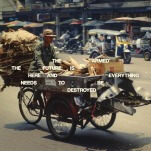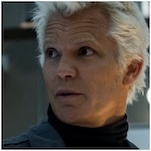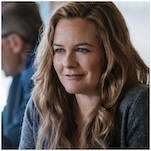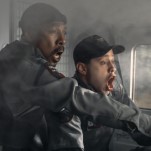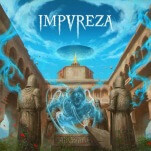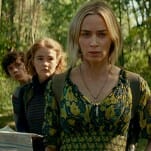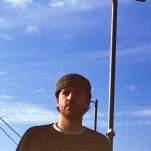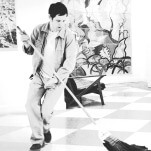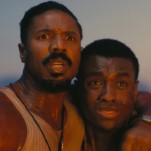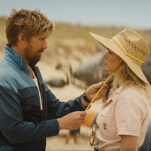5 Things I Learned Making My First Indie Film
Photos by Sasha Arutyunova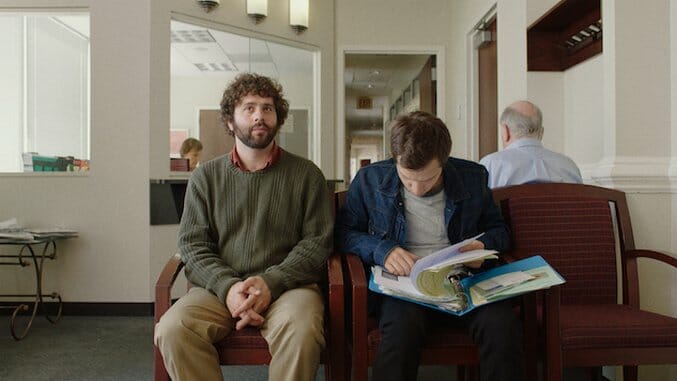
I am a writer and director, and I’ve made a whole bunch of short things in the last few years, both independently and in collaboration with various other parties.
But, early last year, I got to fulfill a childhood dream and tackle the big one: I made my first feature film. It took almost four years of non-stop hustling on the part of myself and my two collaborators, Max Azulay and Phil Primason, but earlier this month, we had our world premiere at the Austin Film Festival, and it was quite an experience. It was no longer a pile of script pages poorly stapled together; it was no longer folder of video files or a password-protected link… it was a movie.
Now, with our New York premiere only a few days away, we’ve been doing a lot of thinking about the rocky and unpredictable road that we’ve travelled down to get here. And so, without further ado, here are some of the hard lessons that I learned throughout the process of making my first indie feature film.
1. No, it’s not the same as making twenty short films
When my collaborators and I first began writing, all we had done was make short films. We weren’t worried, however. How different could it possibly be? Isn’t it basically like shooting a bunch of short films, all back to back?
Nope. As it turns out, making a feature film, even at a relatively low budget level, is a lot more like starting a small business than making a handful of shorts. You need to assemble a long-term core team, you need to raise money, and you need to inspire total strangers to trust your vision. Unlike a short, which can be made more or less in a creative vacuum, you need to be legally, financially, and emotionally ready to see your film as something that deserves to exist, will be worth watching, and could even be a potential business opportunity for other people.
As an insecure artist through and through, this was profoundly hard for me to embrace, but I quickly learned that if you want to keep people invested, literally and figuratively, over years and years, this is a required step in order to get to the good part.
2. Surround yourself with talented people who are excited to work
Early on, we wasted months pursuing people that wanted absolutely nothing to do with us. While reaching outside of your circle can sometimes be rewarding, it really served us well at many instances to hire cast and crew through our existing network rather than sit around hoping that Ben Affleck’s manager’s friend’s cousin would get back to us.
-

-

-

-

-

-

-

-

-

-

-

-

-

-

-

-

-

-

-

-

-

-

-

-

-

-

-

-

-

-

-

-

-

-

-

-

-

-

-

-













